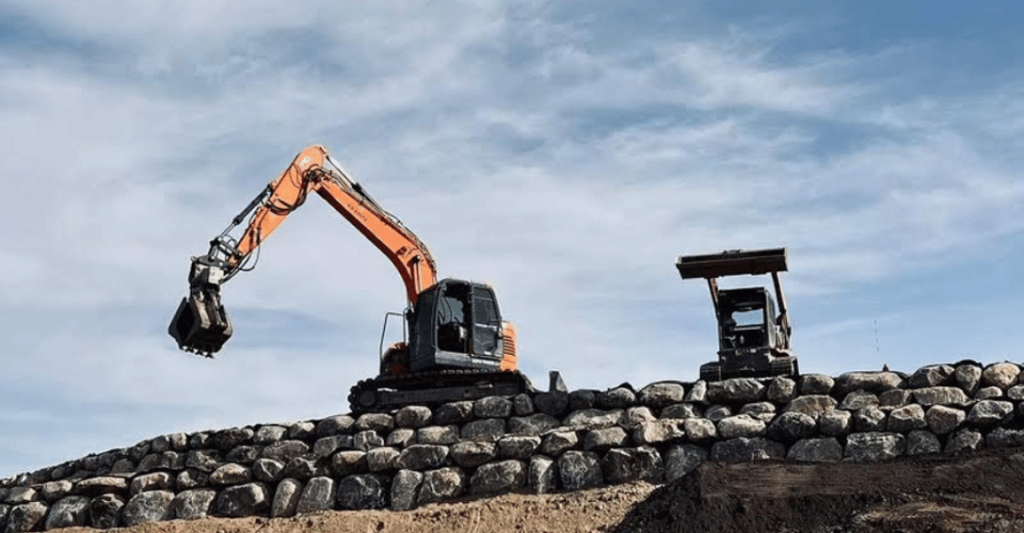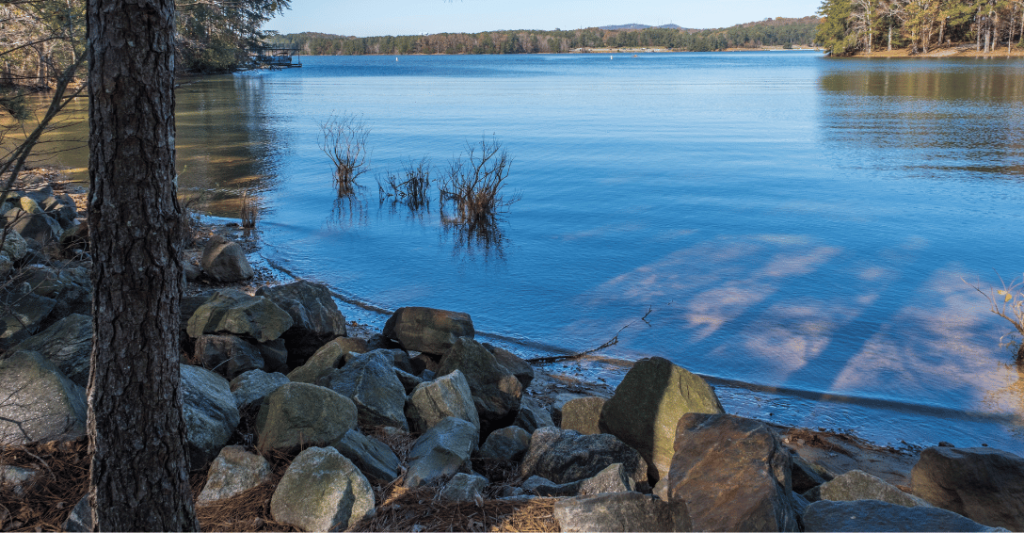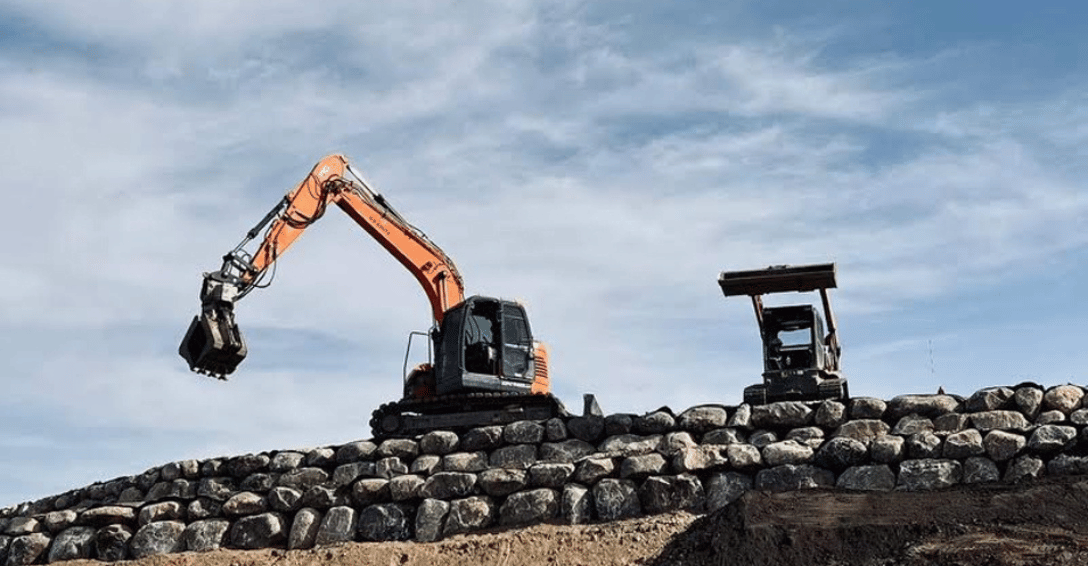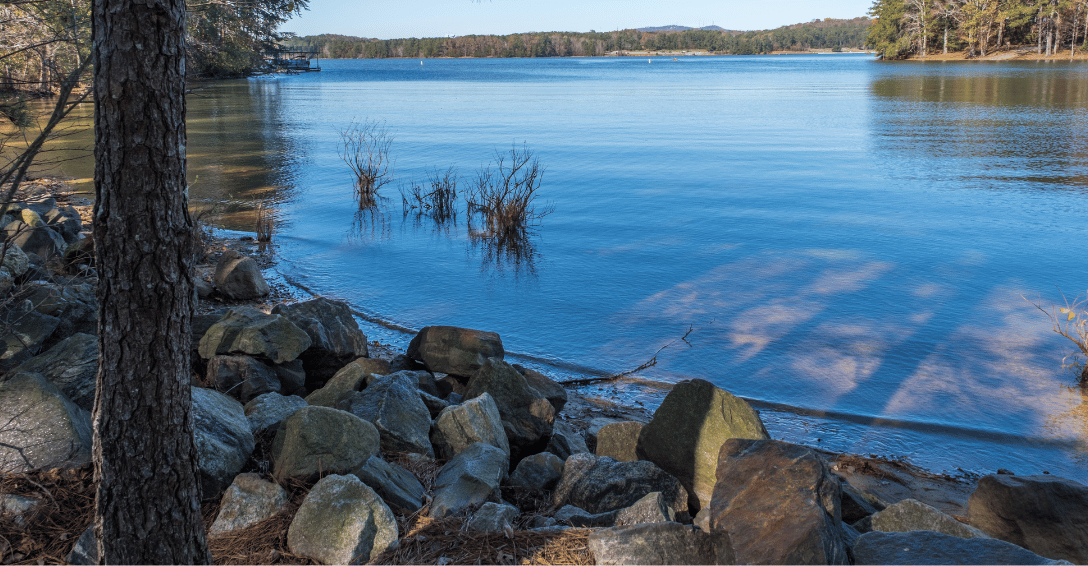Riprap Installation: Everything You Need to Know
Riprap installation is a great way to protect your property from erosion. Whether you live near a body of water or on a slope, riprap can help prevent soil erosion and protect your property from damage. In this article, we will cover everything you need to know about riprap installation, including what it is, where to install it, how to install it, and its benefits.
What is Riprap?
Riprap is a layer of large stones or concrete blocks that are placed along the shoreline or on a slope to prevent soil erosion. It is commonly used in areas where water erosion is a problem, such as near rivers, lakes, or oceans. Riprap can also be used to protect property from landslides or other types of erosion.
There are different types of materials that can be used for riprap installation, including natural stone, concrete blocks, and recycled materials. The type of material used depends on the location of installation and the desired aesthetic.


Where to Install Riprap?
Where to Install Riprap?
Riprap can be installed in different areas, including ditches, slopes, and sea walls. When choosing the location for riprap installation, it is important to consider the following factors:
- The severity of erosion in the area
- The type of soil in the area
- The proximity to water sources
- The desired aesthetic
For example, if you live near a river or lake, installing riprap along the shoreline can help prevent erosion and protect your property from damage. If you live on a slope, installing riprap can help prevent landslides and protect your property from soil erosion.
How to Install Riprap?
Installing riprap requires proper planning and preparation to ensure its effectiveness. Here is a step-by-step guide on how to install riprap
- Prepare the area: Clear the area of any debris or vegetation. If necessary, grade the area to ensure proper drainage.
- Compact the soil: Use a compactor to compact the soil in the area where the riprap will be installed. This will help prevent settling and ensure stability.
- Install filter fabric: Lay down a layer of filter fabric to prevent soil from washing out from under the riprap.
- Place the riprap: Place the riprap in the desired location, making sure to overlap the stones or blocks to create a stable base.
- Fill in gaps: Fill in any gaps between the stones or blocks with smaller stones or gravel to ensure stability.
- Inspect the installation: Inspect the installation to ensure that the riprap is stable and properly installed.
It is important to note that the installation process may vary depending on the location and size of the area where the riprap will be installed. It is recommended to hire a professional for the best results.
Benefits of Riprap Installation
There are several benefits to installing riprap on your property:
- Protection against erosion: Riprap can help prevent soil erosion and protect your property from damage.
- Increased property value: Installing riprap can increase the value of your property by providing added protection and stability.
- Low maintenance: Riprap requires minimal maintenance, making it a cost-effective solution for erosion control.
Frequently Asked Questions
The lifespan of riprap depends on the type of material used and the location of installation. Generally, riprap can last for several decades.
Yes, riprap can be installed on any type of soil as long as it is properly compacted and prepared.
The cost of riprap installation varies depending on the size of the area and the type of material used. However, it is generally considered a cost-effective solution for erosion control.
Yes, riprap can be installed on a steep slope. However, it requires proper planning and preparation to ensure its effectiveness.
The time it takes to install riprap depends on the size of the area and the complexity of the installation. However, it usually takes a few days to complete.
Yes, riprap can be installed in water. In fact, it is commonly used for shoreline protection.
While it is possible to install riprap on your own, it is recommended to hire a professional for the best results.


